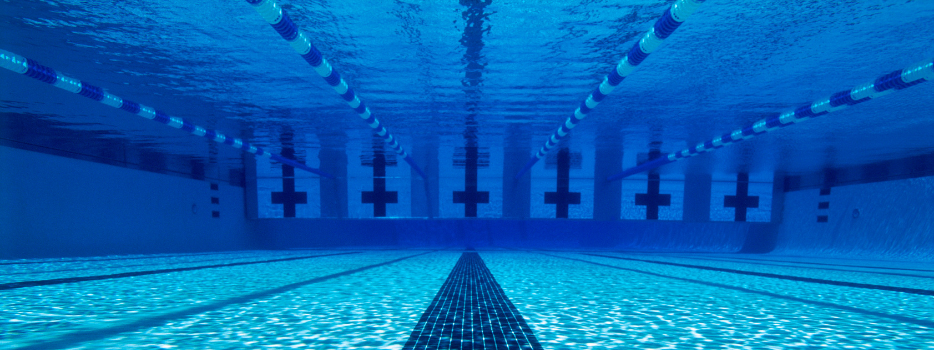Indoor and outdoor pools are some of the most popular areas at YMCAs and other community organizations. With activities like lap swimming, children’s swim lessons, and water aerobics, pools are fun and busy places. However, maintaining these large bodies of water requires significant effort to keep them clean and safe for swimmers. Pools and their equipment must be properly maintained throughout the year to ensure a safe swimming environment.
Safety and maintenance checklist
Monitoring and documenting all the tasks required to keep a pool safe and functional can feel overwhelming. To help, West Bend has created a checklist that can assist with seasonal, monthly, and daily inspections. This checklist also includes a section for documenting daily water testing results.
Documenting pool inspections is essential for protecting your organization. If an incident occurs, proper documentation makes it easier to prove that your employees have done everything possible to keep the pool clean and safe. Add this checklist to your pool inspection routine to help ensure swimmer safety.
Safe pool equipment
Pools are full of humidity and corrosive chemicals, which can take a toll on metal pool accessories. This can lead to injuries, such as cuts from rusty parts, infections, or accidents involving broken equipment. Additionally, replacing damaged pool accessories can be costly, making regular maintenance even more important.
For example, one of our loss control experts visited a YMCA after an incident in their pool. A swimmer was on a starting block preparing to dive. Suddenly, the block broke, and the swimmer, along with the platform, fell into the pool. Upon inspection, the aquatics director and our representative discovered the galvanized bolts holding the block together had completely corroded. Fortunately, no one was seriously injured. However, if the swimmer had been starting a backstroke, the falling block could have caused a severe injury.
To prevent similar incidents, this YMCA replaced the bolts and components for all its starting blocks. This example underscores the importance of routine inspections and timely maintenance.
Tips for preventing equipment-related injuries
To keep pool equipment safe and functional, follow these guidelines:
1. Inspect starting blocks and other metal components regularly.
Conduct frequent inspections to identify and address issues before they become major problems.
2. Address rust when it appears.
If bolts or other components begin to rust, replace them as soon as possible. If replacement isn’t feasible, scrape off the rust and repaint or reseal the affected areas.
3. Use anti-corrosive products.
Many products are available to protect metal parts from rust and corrosion. Applying these treatments can extend the lifespan of your pool equipment.
4. Plan for equipment replacement.
Equipment will eventually need to be replaced in corrosive pool environments. Plan and budget for these replacements to avoid safety risks and costly emergency repairs.
Pools are a key feature of community organizations, offering a variety of activities that bring people together. Maintaining them, however, involves more than just ensuring clean water. Regular safety inspections, proper documentation, and timely equipment maintenance are all necessary for creating a safe environment for swimmers. Start by incorporating a pool checklist into your routine and prioritizing the care of your equipment to keep your facility safe, clean, and welcoming.






